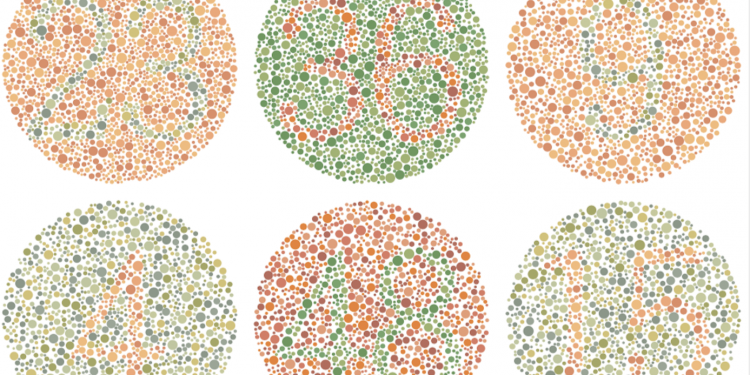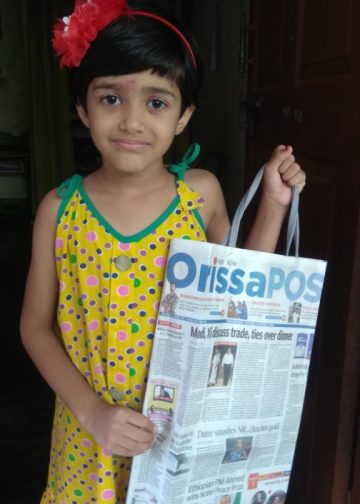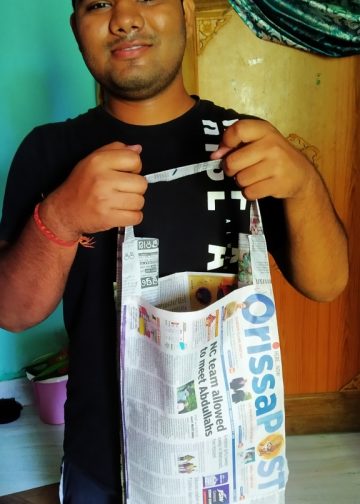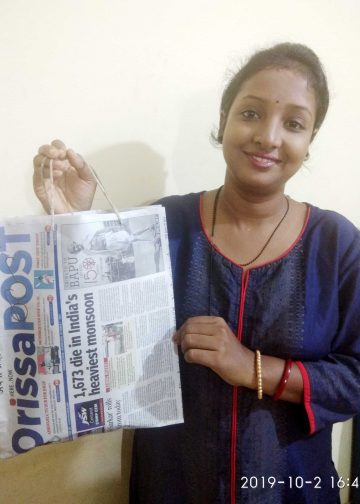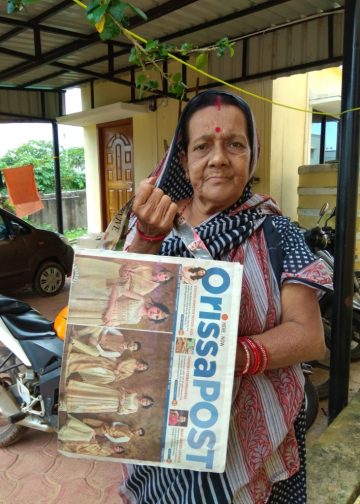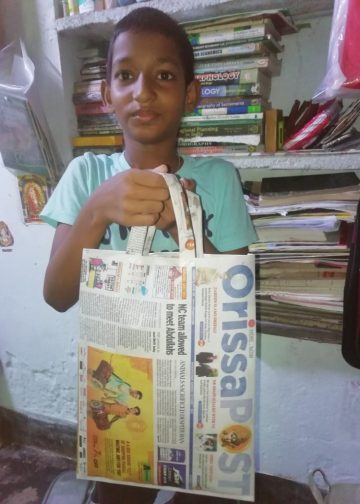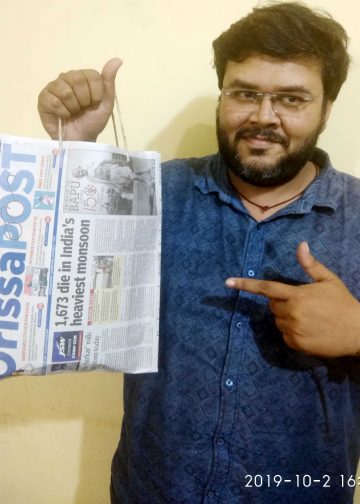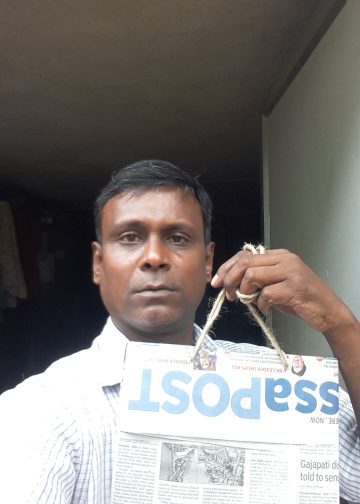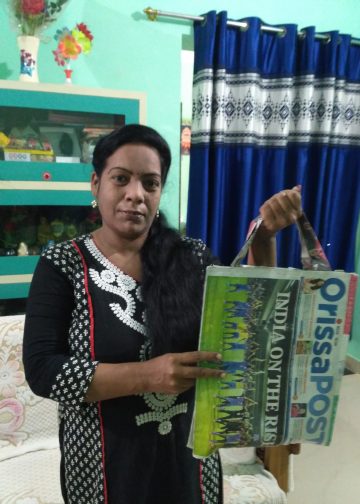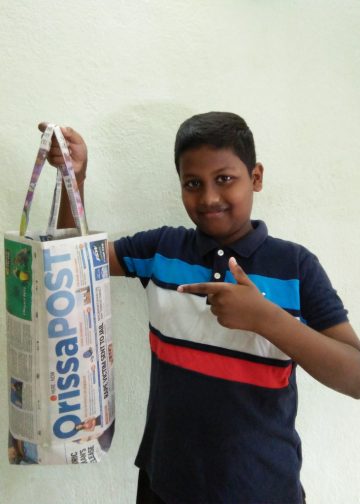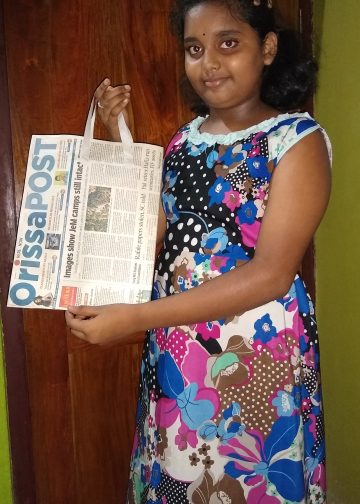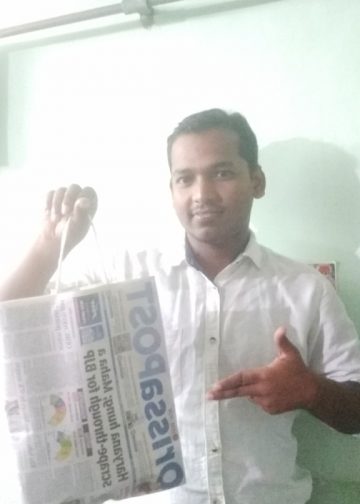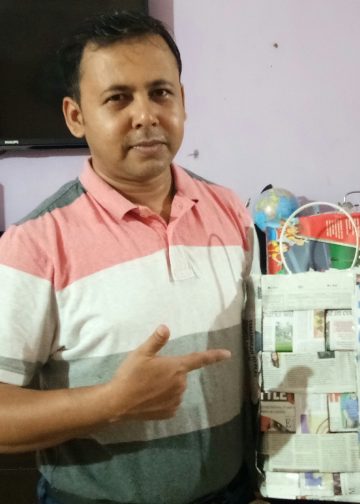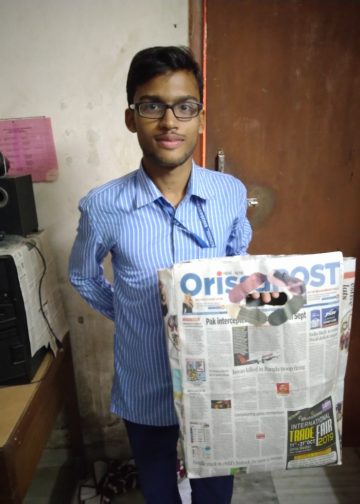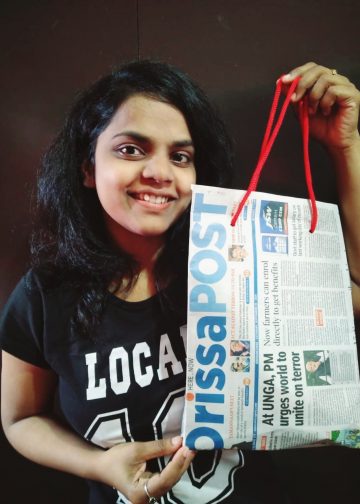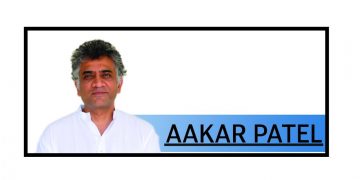Dr Bhubanananda Sahu
The announcement of the Nobel Prize at Stockholm in Sweden in 2019 stunned everybody when professor Dolaldson explained the composition of our universe. He described the universe as a cup of coffee. Whole of the coffee is the dark energy; little bit of cream is dark matter and the tiny bit of sugar is the ordinary matter. Now we know that our universe is made of 69% dark energy, 26% dark matter and mere 5% is the ordinary matter. Briefly, the dark energy is the force that is involved in expansion of universe and dark matter is the priming force for the formation stars and galaxy. We can only see 5% of the universe as it interacts with light, but the rest is completely mysterious.
In the animal kingdom, humans are in the top branch of evolved mammal on the tree of life. Our eyes have the highest features among intelligent life. Around 500 million years ago, the eyes originated in their simple form, euglena as a light spot. Euglena is single cell flagellate eukaryotes extensively studied in laboratory as a model organism. It can navigate in response to light by this light spot. Behind our eye, there is a thin layer of tissue called retina, which converts the incoming light to electrical signal and it is further processed in the brain to create images of the objects. Our retina has three different kinds of cone cells that sensitise three different spectra of light. This three cone cell types are long wave sensitive (LWS) cone or red cone, medium wave sensitive (MWS) cone or green cone, and short-wave sensitive (SWS) cone or blue cone (RGB cones). Each cone cell type enables us to see 100 different shades of each colour. Therefore, we are able to see 1 million colour shades.
As we have three different types of cone cells, our eye is classified as trichromatic type (tri:3; chroma: colour). But mammals such as dogs and cats have only two types of cones: SWScone and LWS cone in the retina and, hence, are classified as dichromatic type (di:2; chroma: colour). The dichromatic eye cannot see the seven colours of the rainbow, but only two colours: blue and yellow. Colour is not so important for animals that forage at night. They can only see one colour – shades of black, white, and gray and are classified as monochromatic eye. Most marine mammals are monochromatic; this includes seals, sea lions and walruses, cetaceans, dolphins and whales.
In 1660, Sir Isaac Newton discovered seven colours in the sunlight. He allowed the sunlight to pass through the prism to convince the world that the white sunlight is made of seven colours: VIBGYOR. But later we learnt that these seven colours are just a thin slit of spectrum in the vast spectra of sun light. The other higher frequency waves that we cannot see are gamma ray, X-ray, UV-ray, while the lower frequency wave are infrared, radio wave and microwave.
Some animals, including humans, have the rare super-vision beyond the trichromatic type. Some vertebrates such as birds have tetrachromatic vision. They have one extra cone type: UV cone along with RGB cone. This fourth type of cone cell sensitises the UV light region. This tetrachromatic feature helps the birds to see tiny details in a prey in the grassy floor and on trees.
Humas lacked such tetrachromatic vision until recently when a genetic test brought a surprising result. In 2012, Concetta Antico, a painter from San Diego, California, was evaluated genetically and behaviourally by Professor Jay Neitz, Bishop Professor as tetrachromacy. She has a mutation in L-opsin gene which sensitises even in slight difference of spectrum. A pebble appears as a dull grey material to a normal person, but it is a glittering stone with orange, yellows, green, blue, and pink shades to Antico’s eye. Until now we assumed that dichromatic eye cannot be converted to trichromatic eye due to the difficulty in neural rewiring. But recently, a dichromatic eye has been converted to trichromatic eye with gene therapy. Neitz lab at University of Washington made this conversation in squirrel monkeys. Squirrel monkeys have dichromatic vision. By gene therapy, a human red cone gene was introduced into a monkey’s eye. After the gene therapy the monkey was able to differentiate between red and yellow fruits which otherwise are seen as blue, yellow shade. This is a great leap in vision research. This technology can customise our vision to see many more spectra other than the seven colours of light. Red-green colour blindness is very common genetic disease in world. This technology brings hope to colour blind people who have never seen colour since birth due to dysfunction of colour sensitive gene.
The writer, a faculty of Ophthalmology and Visual Sciences University of Massachusetts Medical School, is from Bargarh, Odisha.

